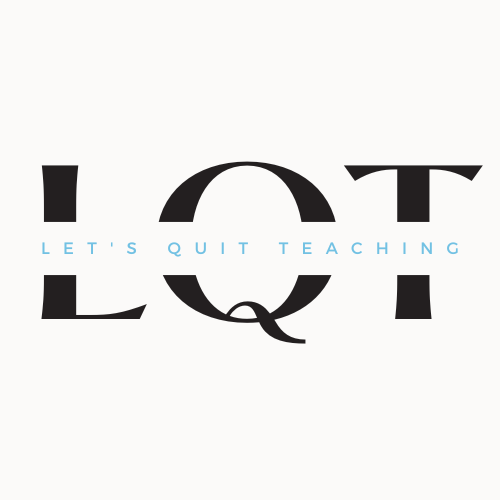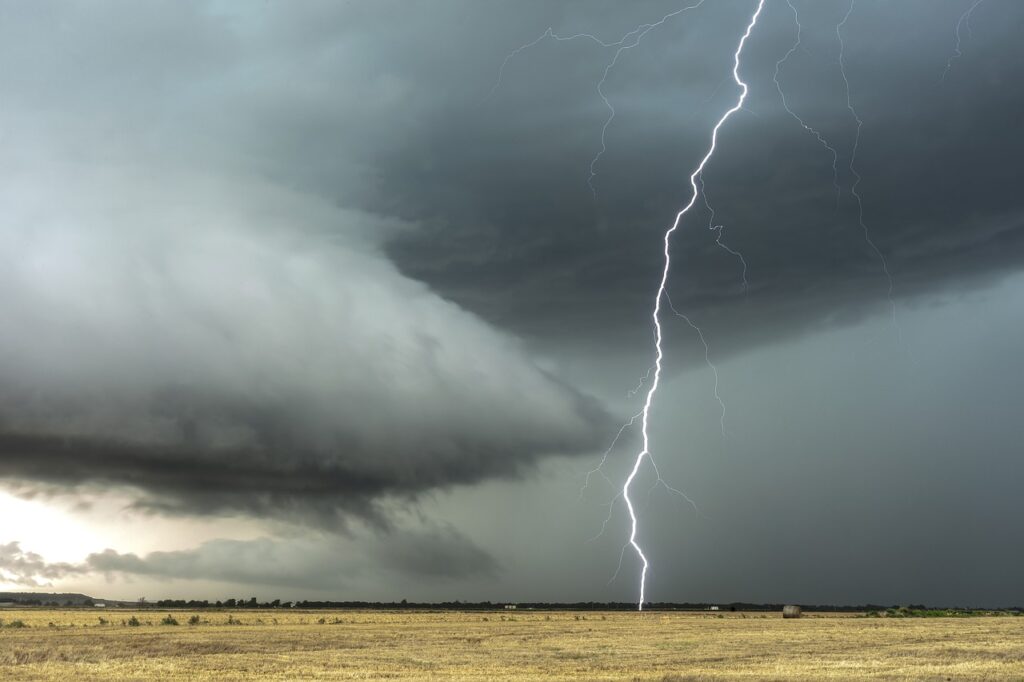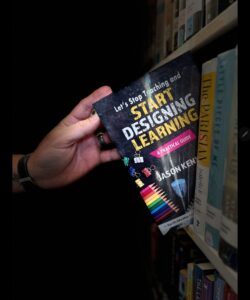The longer I find myself in education, visiting classrooms, working with schools and learning from other educators, I keep coming back to one word that may help us all turn things around: intentional. I think we say we are being intentional, and at the beginning of an initiative we might be. But, if we are not truly looking at choices we make that directly affect the learning happening in our schools and making those choices with intent, well then, we are just planning like we always have, which will get us what we always have got.
Being Intentional is Not the Same as Planning
So many of us make plans in our educational lives. Teachers create lesson plans. District departments develop plans. School systems spend hours producing strategic plans. Without a doubt, education and what goes on in schools has for so long involved a lot of planning. But according to Outkast, “You can plan a pretty picnic, but you can’t predict the weather.” And even the timeless poet, Robert Burns wrote, “The best laid scheme of mice and men go oft awry.” These two quotes really do hit at the heart of why planning like we have been doing isn’t really as effective as it could be.
Right now, most of our plans can be summed up into this simple statement, “We are going to do A, B and C.” That’s typically what plans focus on. The actions. The to-do list. The scope and sequence. But being intentional is a different equation. Being intentional could be represented this way, “We choose X and Y in order to get Z to happen.” That’s what being intentional is all about. We know what we want to happen, we know what directly affects and can eventually lead to what we want, and we know the purposeful choices and commitments necessary to make sure the conclusion we want happens at the highest probability. Yes, you can plan a pretty picnic. But you can also get a weather report to inform your choices.
What Our Intention Should Revolve Around
If you have read some of my past posts or my book, you already know the answer. There’s two things we must be intentional about and focus all our choices on if we want learning to happen at high levels. Relationships and learning.
Relationships First We know the power of positive student relationships. With an effect size of 0.47 or just over a year’s worth of learning potential, these relationships matter to learning. They transfer directly over into an influence with even greater impact, Teacher Credibility (ES= 1.07 or over 2 ½ years of learning potential). Teacher credibility is more than about a degree or intelligence. It’s rooted in relationships as seen in its definition where learners base “based on their perceptions of competence, trustworthiness, and perceived caring. Is this teacher someone I can turn to for feedback, help, knowledge, and depth of understanding? Am I prepared to invest in her or his assigned tasks to enhance my learning?
Kids must trust teachers before they will learn from them at high levels, and that requires the adults to make intentional decisions on how we act or react, how and what we say to everyone in the room. This requires intent on our part to develop the type of relationships with learners that result in the learning we want to see from them.
Design for Learning The other thing we must be intentional about is learning. We have been planning our teaching for so long. Most of that surrounds what I want the students to “do” today, or what content I will give them today. We can plan to teach, get up in front of the class and teach our hearts’ out, but if it isn’t evident that learning happens or if no one learned anything at all, then we were just up in front of a group presenting. That’s it.
I never had a course in my undergraduate work that explicitly taught me how to make learning happen in the classroom. I was fed a lot of content, sprinkled with a little Ed Psych, but really nothing about how to intentionally create the potential for learning to happen at high levels. We have so much more research now surrounding cognitive science and how we learn things. If we want learning to happen we have to be intentional with the choices we make before class ever starts. We have to use what science says works for learning, combine that with our personal knowledge about our kids and create an intentional design that will result in their learning. We choose X and Y in order for Z to happen.
The Solution
So, what’s the next step? Now that we know how important it is to be intentional with the specific choices we make in developing and fostering relationships with learning and the learning we are providing them, what do we do? You make it a daily commitment by every adult. The intentional relationships for learning and design for learning should be a part of every Tier 1 experience. Tier 1 is where it is vital for the intentional work to happen. It’s where we will have the most impact and most lasting impact on learning. Plan, it might happen. Design to ensure it will.
If your school or district would like to learn more about how to intentionally design for learning to happen, please reach out to letsquitteaching@gmail.com as others have to collaborate. I love working with other educators to improve what we do in the classroom for both teachers and learners alike!


